Nickel Metal Hydride No. 5 battery production process
Lithium battery production process flow:
The first step - preparation of electrode slurry
Mainly, the electrode active materials, binders, solvents, etc. are mixed
together and thoroughly stirred and dispersed to form a slurry.
The second step - coating
Evenly apply the slurry prepared in the first step to the current collector
(aluminum foil or copper foil, etc.) with a specified thickness, and dry the
solvent.
Step 3 - Pole piece punching
Cut the pole piece made in the previous step into the specified size and
shape.
Step 4 - Lamination
Assemble the positive and negative electrode sheets and separator together,
and after completing the glue application, the electrode core is formed.
Step 5--Assemble the soft pack battery
Put the pole core produced in the previous step into the aluminum-plastic
film that has been punched out, and complete top sealing, side sealing, etc.
(leaving a hole for liquid injection) to form a soft-pack battery that has not
been filled with liquid.
Step 6 - Injection
Inject the specified amount of electrolyte into the soft-packed battery
cell. Of course, the battery core must be baked and filled with liquid in a
low-humidity environment. Excessive moisture content is not good.
Step Seven--Battery Sealing
The gas inside the cell is extracted and sealed in a vacuum
environment.
With the rapid development of electric vehicles and automobiles, the power
sources on the vehicles have also developed rapidly. However, there are many
problems in the production of batteries, which has caused the quality of battery
products in the market to be very uneven, and the battery capacity and cycle
life are very uneven. The failure to achieve the designed service life has a lot
to do with the unique production process of the battery during production.
The structure of the battery consists of outer casing, upper cover, polar
plates, separators, busbars, poles, bridge protection plates, terminals and
other components.
The processes of each lithium battery manufacturer have some differences,
but they remain the same. The main processes are: batching, coating, rolling,
cutting, slitting, welding tabs, winding, packaging, baking, and liquid
injection. , formation, molding, volumetric testing and other process steps.
The time of each step is different. Generally, the ingredients, baking, and
transformation time are relatively long, which may take 10-48 hours. Other
processes are faster, in 4-8 hours. It will take about 15 days in total.
With the rapid development of electric vehicles and automobiles, the power
sources on the vehicles have also developed rapidly. However, there are many
problems in the production of batteries, which has caused the quality of battery
products in the market to be very uneven, and the battery capacity and cycle
life are very uneven. The failure to achieve the designed service life has a lot
to do with the unique production process of the battery during production. The
structure of the battery consists of outer shell, upper cover, polar plates,
separators, busbars, poles, bridge protection plates, terminals and other
components.
1. First, weigh the plates inside each battery and assemble the plates. The
capacity of each cluster must be equal, otherwise the group with a small
capacity will be fully charged in advance due to its small capacity. Then the
battery group with a large capacity has not yet been fully charged, the terminal
voltage of the battery is low, and the total voltage has not reached the full
end voltage. Charging, causing a group with a small capacity to become
overcharged. If the battery is discharging, the group with a small capacity will
lose its power in advance. The voltage of other battery terminals is higher, and
the total voltage of the battery does not have the termination protection of
electric boost. Voltage, discharge continues, causing the battery to
over-discharge.
Overcharging and over-discharging of the battery as well as untimely
charging will affect the service life of the battery. However, the battery
capacity of the battery group with the small battery further decreases. The
decrease in battery capacity further causes the group to overcharge and
over-discharge. This cycle causes the battery capacity to be very low. Quickly
reduce and become scrapped.
2. Handling of plates before weighing
Before weighing the plates, you must be clear about the excess front edges,
burrs, and excess active materials during paste application. If they are not
clean, they will cause a short circuit of the battery plates, that is,
self-discharge of the battery. Use a plate brush earphone to clean the excess
impurities on the plate to facilitate welding to prevent false welding or false
welding. It is necessary to select those with uneven electrode plates, serious
powder removal, and electrode plates with holes.
3. How to weigh the plates
When weighing and assembling the plates, first weigh out some of the plates
and place them on the workbench in order according to their weights, compare and
mark the weights, and then weigh the unweighted plates on the weighing
instrument. The weight of the electrode plate is placed together with the plate
placed on the workbench according to the weighed weight of the electrode plate,
which saves some trouble. (The smaller the weight difference between each group
of positive or negative plates, the better. The error between 10 and 14AH should
not exceed 1 gram per group, and the error between 17 and 20AH should not exceed
2 grams per group.
Pack partition
1. The weighed plates are weighted and grouped according to regulations.
After grouping, the plates are packed. The materials of the separators are
generally microporous rubber and glass fiber. When packaging, pay attention to
the cleaning of the separators and place the plates on the separators. In the
middle of the plate, if the position of the plate is aligned, place it in the
plate box.
Kedi Partition
Kedi Partition
2. Wrap the positive plate in two pieces. Use very thin separator pieces to
hold only the positive plate and do not wrap the negative plate. This can avoid
short circuits caused by defects in the single-piece separator. For single-piece
packaging, use separators to pack only the positive plate and leave out the
negative plate and place it in the packaging box, which is convenient and
simple.
Lead parts selection and processing
1. The lead parts include lead welding rods and poles, which are cast with
special molds. Generally around 450°C, if the temperature is too high, the lead
will be seriously oxidized, and the lead parts will suffer from cracks due to
severe shrinkage. It is not allowed to use iron tools to knock the mold. The
lead parts should be made to have no burrs around them as much as possible. If
there are any, they should be trimmed.
Read recommendations:
Lithium Battery GN72120
The main category of power batteries.lithium 3400mah 3.7v 18650 battery
3.2v 20ah lifepo4 battery.The principle of charging and discharging of lithium iron phosphate batter
801738 lipo battery
18650 3.7v battery

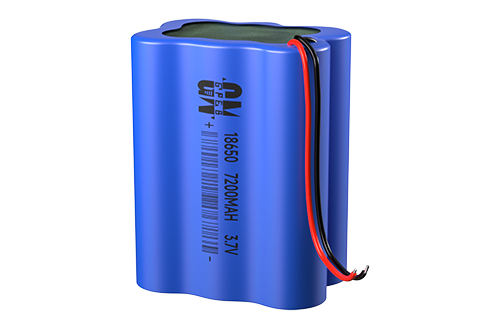

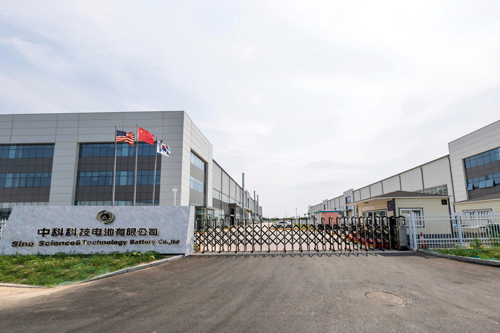



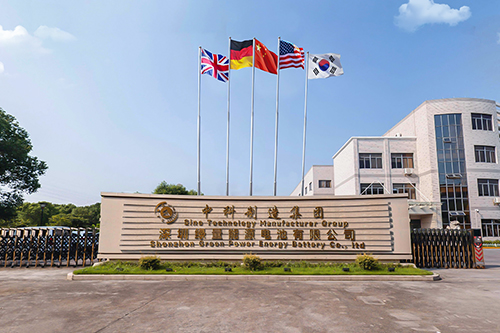

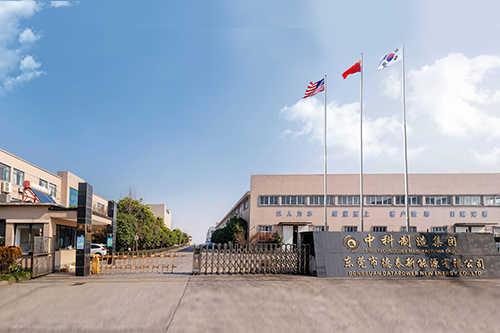










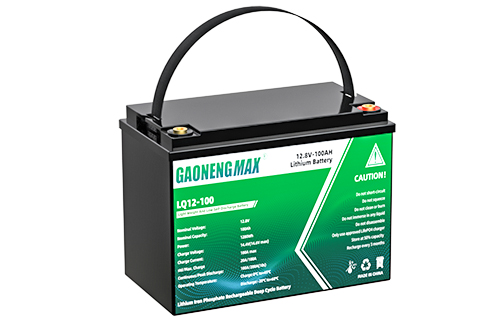


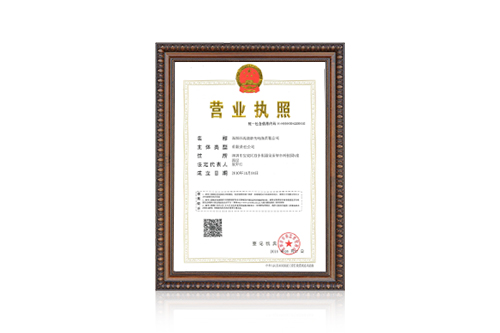

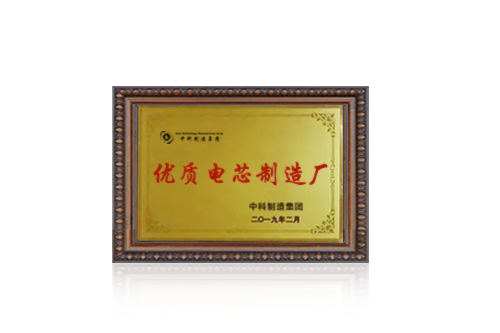
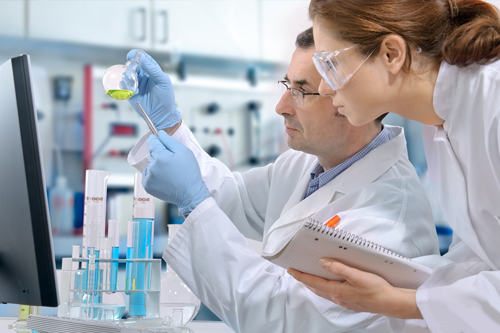














 360° FACTORY VR TOUR
360° FACTORY VR TOUR
 Whatsapp
Whatsapp
 Tel
Tel Email
Email TOP
TOP